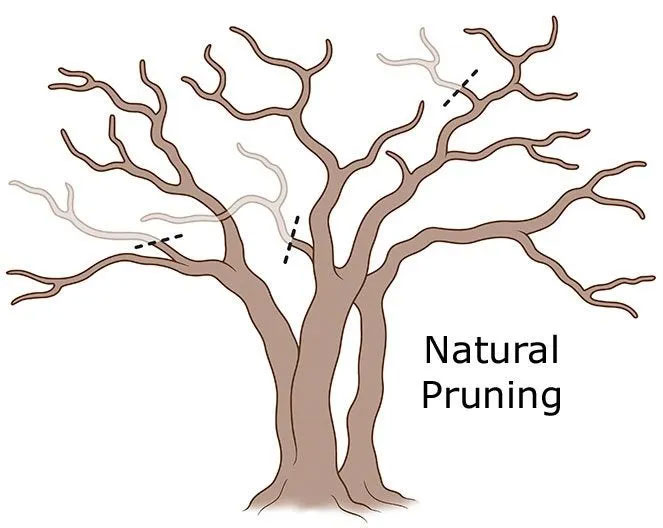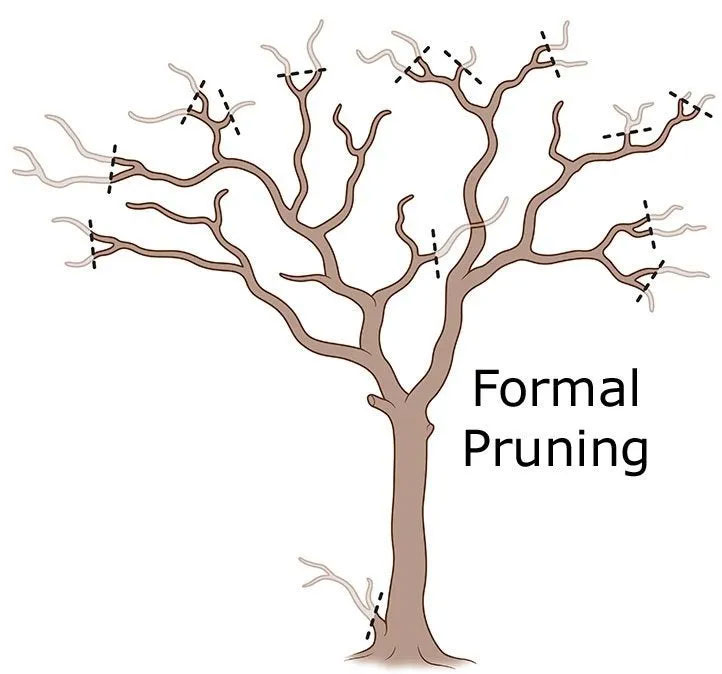Crepe Myrtle Pruning Guide: How To Trim Trees The Right Way
Crepe myrtle pruning is a hot topic among Southern gardeners. Here's everything you need to know about how to prune these fabulous, flowering trees.


Laura Walters
In the Southern garden, crepe myrtle trees are beautiful and almost necessary feature in the landscape. In the spring, crepe myrtle trees are covered with lovely blossoms. As with most trees and shrubs, one of the most questions is about how to prune a crepe myrtle.
Is It Necessary to Prune a Crepe Myrtle?
Before going into how to prune crepe myrtle trees, we need to look at if you need to prune your crepe myrtle at all. While pruning is good to keep the tree shaped how you like, it is not normally necessary to the health of the tree. Prune crepe myrtle trees when you wish to shape them or if you find the branches are too close together. Other than that, you do not need to prune these Southern beauties.
When to Prune Crepe Myrtles
Crepe myrtle trees bloom on new wood, so pruning needs to occur before growth begins in spring for a fabulous show of flowers. For most of the Southern US, that means the best time to prune a crepe myrtle is between mid-February and mid-March.
If you get behind on your spring gardening duties, though, don't worry. Crepe myrtles are usually one of the later plants to wake up in the garden, which gives you extra time to get out there with a pair of pruners if you need.
How to Prune a Crepe Myrtle
There are two schools of thought when it comes to pruning crepe myrtle trees. One is a natural style and the other is a formal style. Let's look at the differences between these two methods and how to determine which one is right for your needs:
Natural Style Pruning

A natural style of pruning will mostly address the limbs within the tree that may be keeping your crepe myrtle tree from putting on the best show it can. Things like inward growing branches, damaged branches, branches that are too close together or rubbing against each other and other minor issues that could affect the canopy of the tree.
You can also remove smaller inside branches to open up the space inside the tree. With a natural style of pruning crepe myrtle trees, main branches are left alone in order to promote thick, sturdy trunks.
Sign up for the Gardening Know How newsletter today and receive a free copy of our e-book "How to Grow Delicious Tomatoes".
Formal Style Pruning

With a formal style, when you prune crepe myrtle trees, you are pruning for outward shape rather than inner openness. Formal style pruning is also thought to encourage additional blooming since it forces the tree to grow more new wood, which is where blossoms are formed.
In a formal style, the decision on how to prune a crepe myrtle tree is based on how high and how wide you would like the tree to be. All branches outside the chosen dimension is cut off, much like you would trim a hedge. This style of pruning can keep crepe myrtle trees in the same landscape setting uniform in size and shape and lends a more formal look to them.
Working with Landscapers
If you have a professional prune crepe myrtle trees for you, ask what their thoughts are on how to trees and make sure you specify which style you would like. The two styles are drastically different and if your landscaper's preferred method of pruning crepe myrtle trees is not what you had in mind, you will be disappointed.
If your landscaper didn't prune your crepe myrtle trees to your liking, you have two options. One is to simply let the tree grow out. It will eventually recover. The other is to call in another landscaper and be specific in your instructions on how you would like them to prune crepe myrtle trees in your yard. They may be able to prune the tree so that the damage will be reversed more quickly.
Beware of any landscaping company that practices tree topping, especially crepe myrtles. Topping trees damages them and it can even cause knots on crepe myrtles. Use a reputable company, preferably one with an arborist, for your tree pruning needs. This will keep your landscape looking its best and ensure your trees are healthy for a long time.

Heather Rhoades founded Gardening Know How in 2007. She holds degrees from Cleveland State University and Northern Kentucky University. She is an avid gardener with a passion for community, and is a recipient of the Master Gardeners of Ohio Lifetime Achievement Award.
- Laura WaltersContent Editor